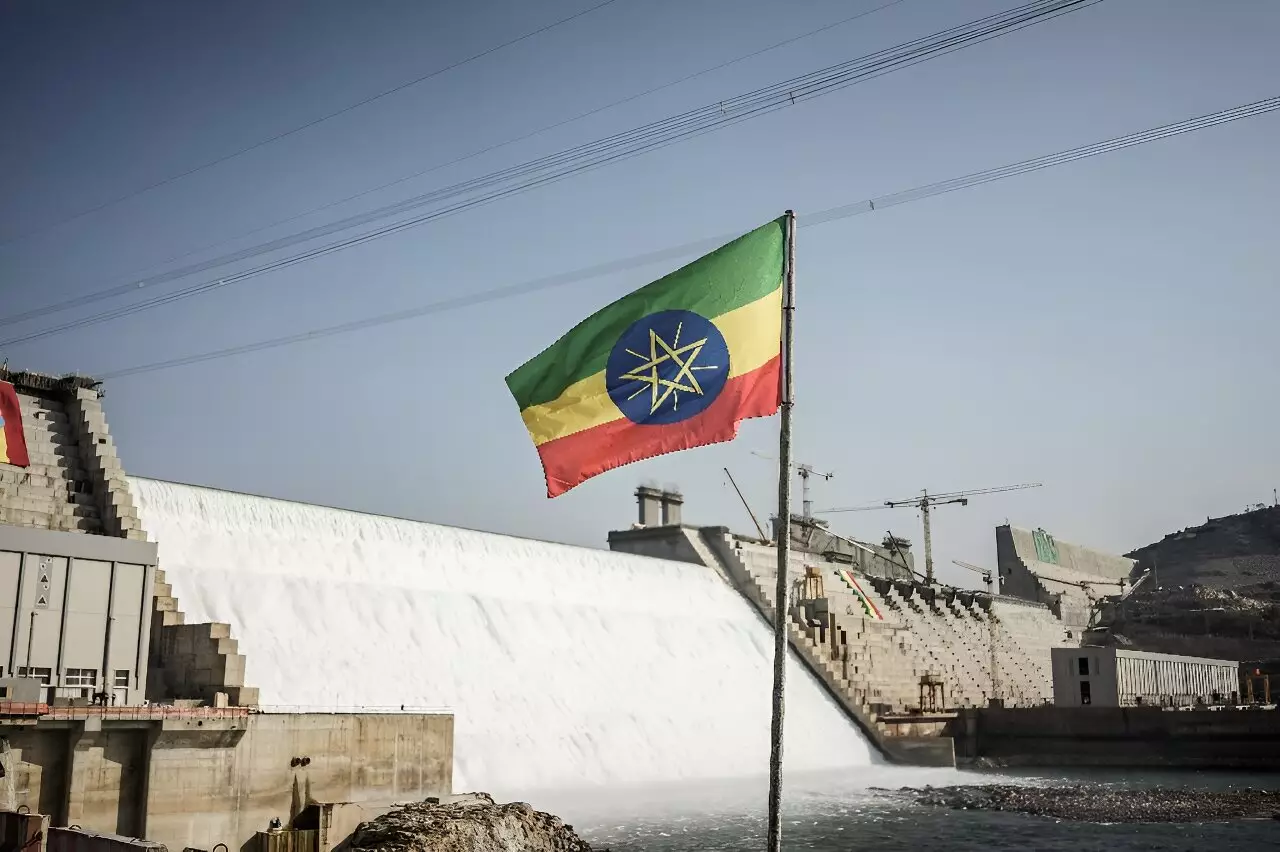Ethiopia has recently announced that it has more than doubled its electricity production from the Grand Ethiopian Renaissance Dam (GERD) on the Blue Nile. The addition of two new turbines has increased the output to 1,550 megawatts, marking a significant milestone in the construction and operation of the controversial mega-dam. The completion of the concrete dam and the activation of the new turbines have shifted the focus from the construction phase to the operation phase of the project. This development has the potential to address the growing energy needs of Ethiopia and contribute to the country’s overall development.
The GERD has been a subject of tension between Ethiopia and downstream nations, particularly Egypt and Sudan, due to concerns about the impact of the dam on water flow in the Nile River. Egypt, heavily reliant on the Nile for its water needs, sees the dam as a threat to its water security, while Sudan’s position has been influenced by its internal political situation. The lack of a three-way agreement on the operation of the dam has stalled negotiations and increased regional tensions.
Ethiopia views the GERD as a critical infrastructure project that is essential for the electrification and development of the country. With roughly half of its population still lacking access to reliable electricity, the dam has the potential to address the energy deficit and improve socio-economic conditions in the country. At full capacity, the GERD could generate over 5,000 megawatts of power, making it Africa’s largest hydroelectric dam and significantly increasing Ethiopia’s electricity output.
While the GERD promises significant benefits in terms of energy production and economic development, concerns have been raised about its environmental impact. The dam’s large reservoir can hold up to 74 billion cubic meters of water, raising questions about the displacement of communities, impact on local ecosystems, and potential water scarcity downstream. The management of water flow and mitigation of flood risks are critical aspects of the dam’s operation to ensure a steady water supply for downstream nations.
The World Bank has acknowledged the importance of the GERD in Ethiopia’s energy sector and has announced plans to support the country in expanding its electricity network and diversifying its energy sources. The development of clean energy alternatives such as solar, wind, and geothermal power can help address the energy deficit in Ethiopia and reduce poverty levels by increasing access to electricity and economic opportunities.
The Grand Ethiopian Renaissance Dam represents a significant milestone in Ethiopia’s efforts to address its energy needs and drive economic development. While the dam has the potential to provide critical benefits in terms of energy production and electrification, its operation must be carefully managed to mitigate environmental impacts and address regional tensions with downstream nations. Collaborative efforts and agreements are essential to ensure the sustainable management of the Nile River and the equitable sharing of its resources among riparian countries.


Leave a Reply